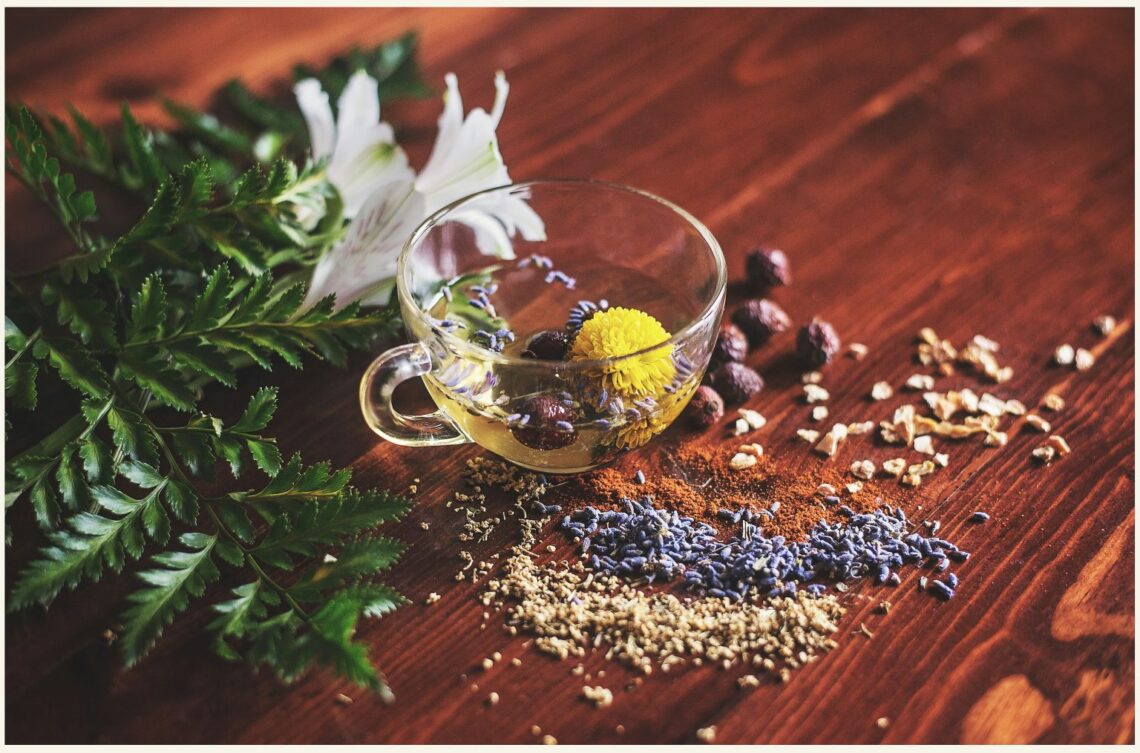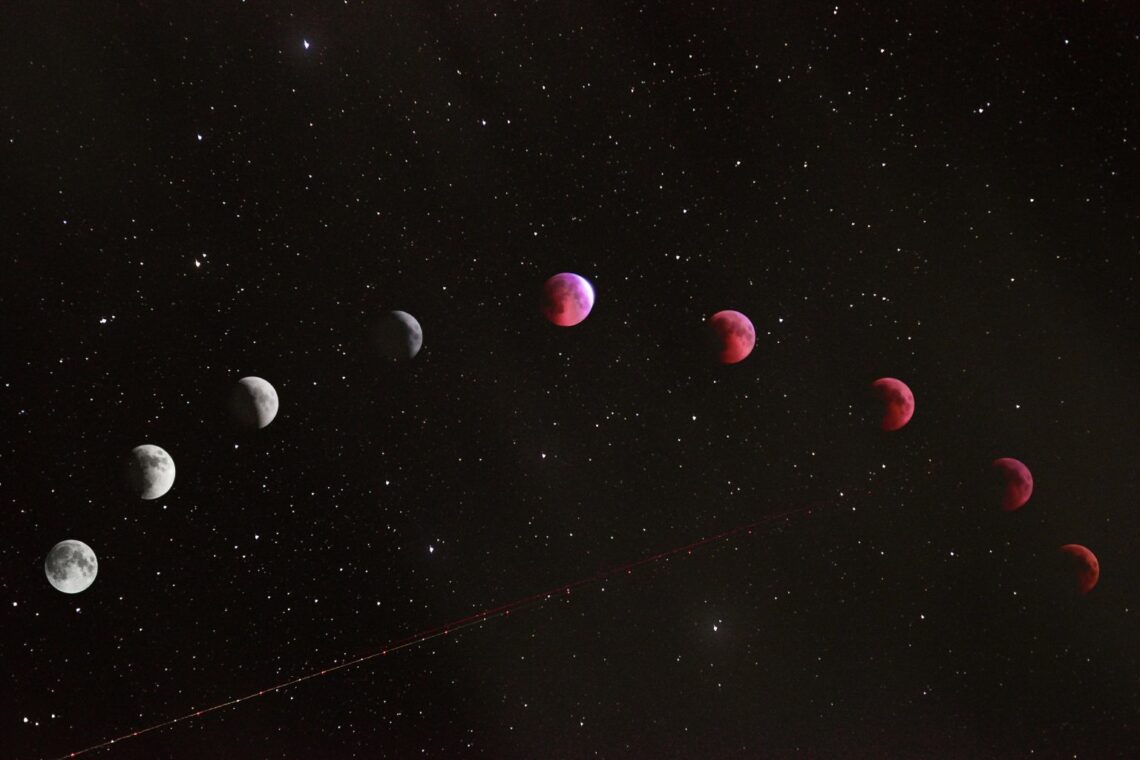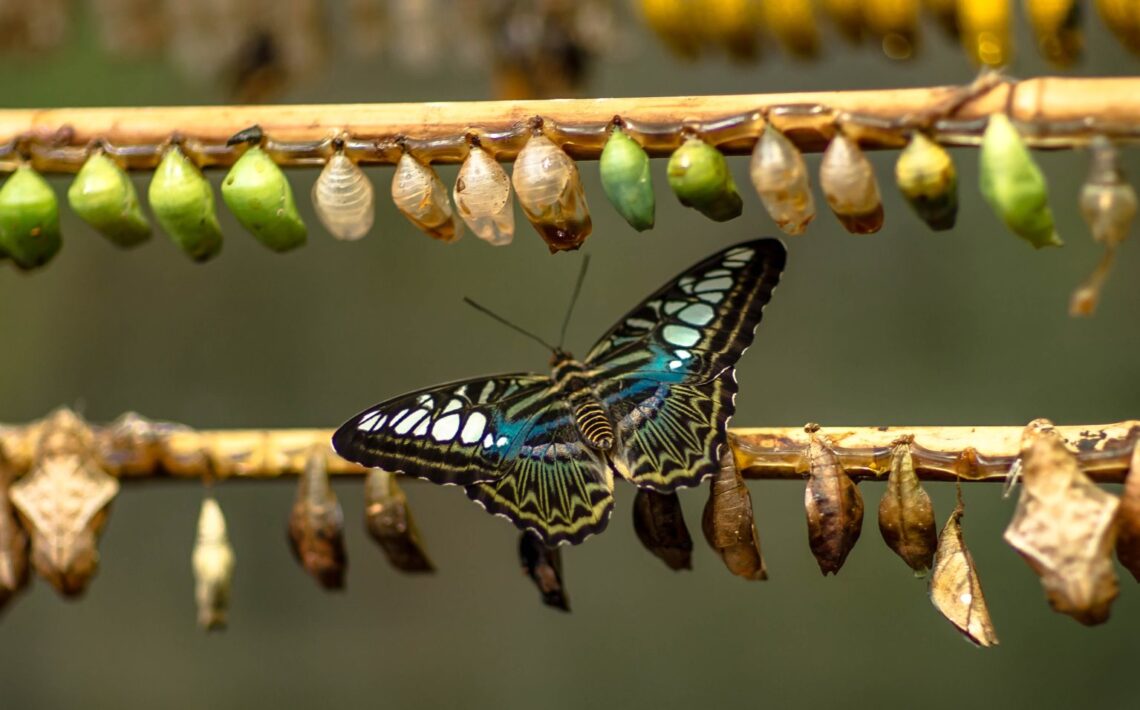April Blog: Earth & Stress Relief Month submitted by Emily Bennett MSN, RN, NC-BC At OHNA, our theme for 2024 is Community Wellness: Cultivating Healing and Abundance Together. Because April is Earth Month and Stress Relief Month, it is a time to celebrate our home planet, and also an…
-
-
-Empowering Wellness: Embracing Holistic Living- submitted by : Rene Milliman BSN, RN In today’s fast-paced world, achieving optimal wellness goes beyond just physical fitness. It encompasses the harmony of mind, body, and spirit. Holistic living offers a comprehensive approach to wellness that addresses all aspects of our being. By…
-
Modality of the Month: Plant Medicine Submitted by: Rene Milliman RN, BSN Plant medicine is a very simple means of treating ailments without traditional pharmaceuticals. There are many items we think of as traditional foods, and herbs & other plants that we can incorporate into use. These medicinal plants can…
-
Modality of the Month: Archetypal Astrology Submitted by: Marina Ormes, RN, HN-BC (ret.) (The following is an excerpt from an article-in-progress by Marina Ormes that will soon be submitted for publication to nursing and holistic healing journals.) Archetypal Astrology: A Language of Change Healing takes place in multiple dimensions.…
-
Modality of the Month: Meditation Submitted by Lisa Gregory BSN, RN-BC, CCRN, OHNA Director at Large In a world filled with stress and chaos, finding inner peace and balance is essential for overall well-being. Meditation, a powerful holistic modality, offers a path to healing and self-discovery. With its roots…
-
Submitted by: Abigail Hall MSN, RN, HNB-BC, OHNA Secretary * * “I feel so much more grounded”. “I have a sense of calmness and feel more connected to myself”. “I feel like I have been cleansed and I can operate at a higher level.” “It was like restful sleep.” * * These…
-
Submitted by Marina Ormes RN, RN, HN-BC (ret) OHNA Director Adaptability is one of OHNA’s core values and we certainly have been living it the past three years. Our tag line: We Are the Change, means we are changemakers—leaders at the forefront of change. It also means we must be…
-
Submitted by Christobal Mozingo Goodwin, OHNA Director-at-Large, who is a Board-Certified Holistic Nurse and Certified Diabetes Educator. He is a Master-prepared Registered Nurse with over 30 years of combined healthcare, wellness, and workplace safety experience. Sustainability is definitively a Holistic Nurse value. It is one that we know is important,…
-
Submitted by Paul van Waardenburg OHNA member The times are a-changing. There is an impending new normal, a great reset. The landscape of our lives is regularly changing. This past year and more has shown us that one month there may be fires, a pandemic, etc. and the next everything…
-
Submitted by Sarah Johnston, BSN, CCRN Critical Care Float Pool Kaiser Sunnyside Medical Center As healthcare professionals, we get a firsthand look at how fragile we are as human beings and at the same time just how resilient we can be. We can see how life is a continuous balance…









